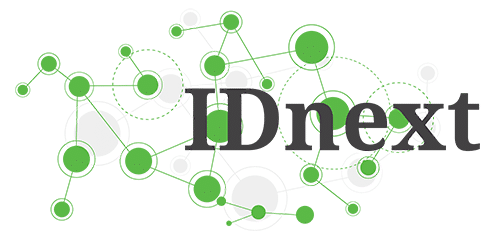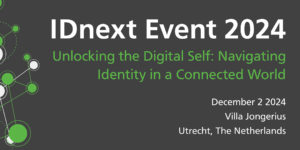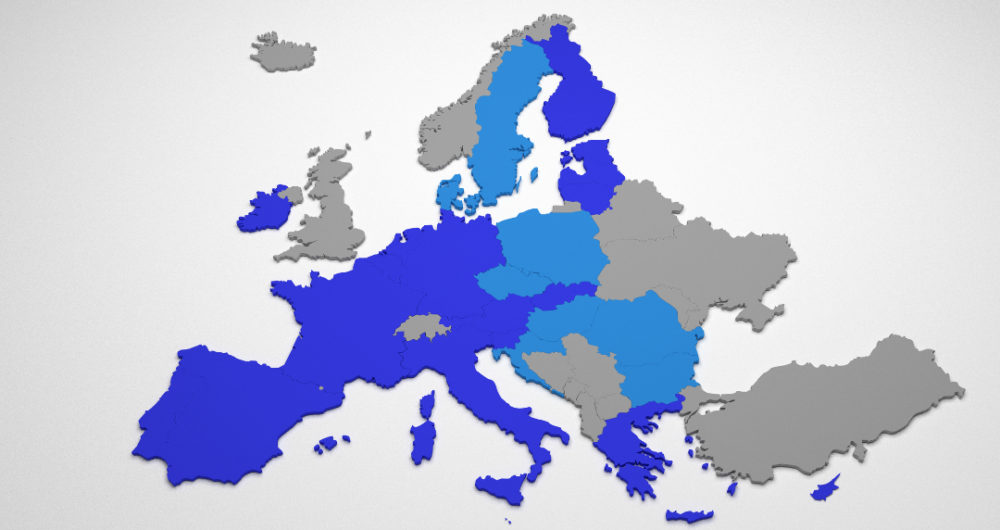Data reveals a patchwork of approaches to digital identities across the continent with varying levels of success.
Being able to seamlessly access public services through your smartphone might sound easy in today’s digital age, but the successful implementation of such a system remains a distant dream for most countries across Europe. While some nations on the continent continue to grapple with deep-rooted privacy issues, other states have successfully spearheaded digital identity programs with remarkable success. What explains this disparity in digitalising public services?
In the European Union, plans for a European digital identity were first unveiled in 2019, with further iterations and frameworks for secure and trusted platforms announced last year. The regional bloc’s ambitious goals go beyond mere digitalisation policies to encompass the entirety of the European experience.
EU ambitions for digital identity in Europe
The EU has also set targets for the number of users it expects to be using digital identities by the end of the decade. In the Digital Compass plan announced last year, member states are expected to ensure that 80% of citizens will be using digital identities by 2030. The current state of play for digital identity across Europe suggests that most countries across the bloc will struggle to meet this goal. While most member states have recognised the need for digital identities, progress has been unevenly spread out creating a patchwork of different approaches.
You can read the full article here.







